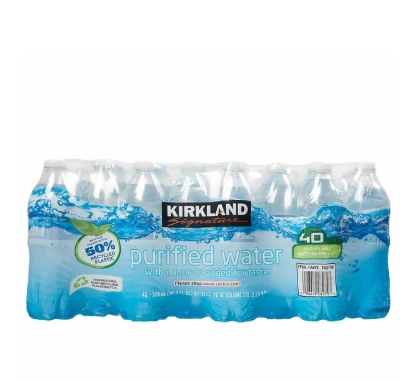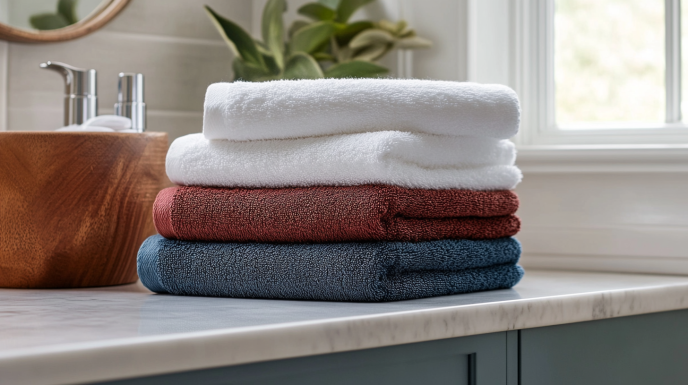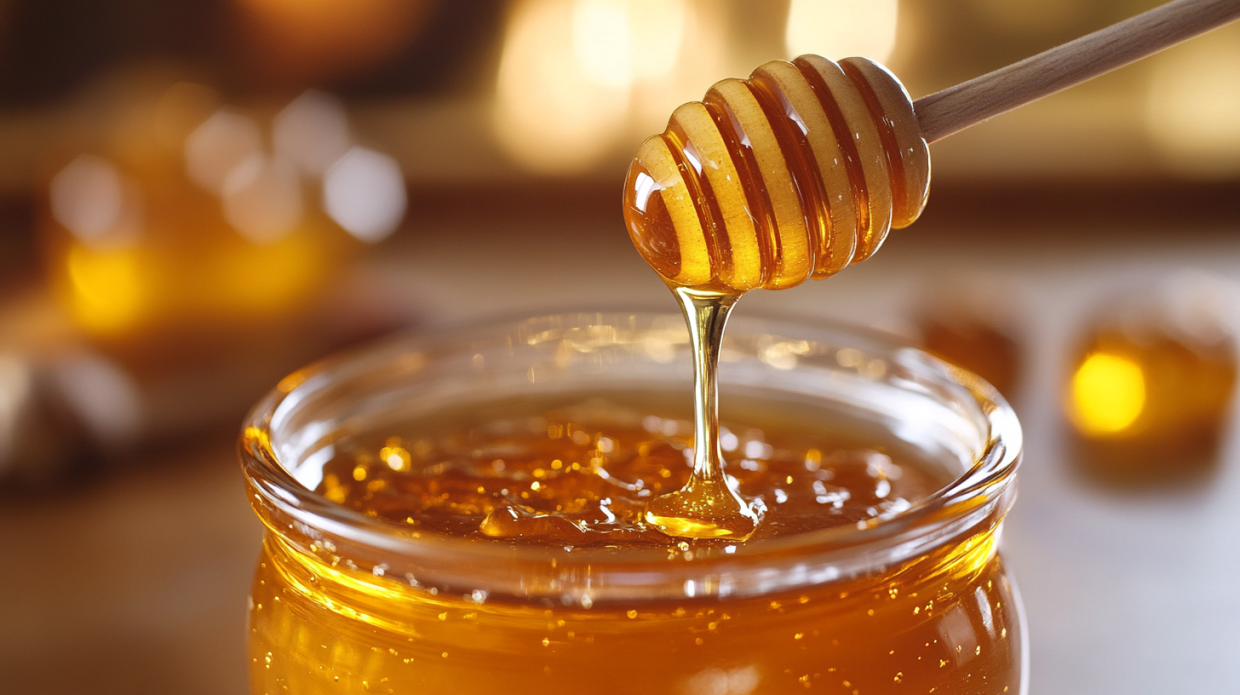
Kirkland Signature Purified Drinking Water, 16.9 fl oz, 40-count
- Purified Water.
Quenching Your Thirst Without Draining Your Wallet
In a world where hydration options seem endless, one brand has quietly established itself as a household name for quality and value. Whether you’re stocking up for a family gathering, preparing for a hiking adventure, or simply ensuring your daily water intake, Kirkland Signature water has become a staple for many conscious consumers. But what exactly makes this Costco house brand so popular, and is it really worth the membership? Let’s dive deep into everything you need to know about this ubiquitous bottled water option.
As someone who has spent far too much time comparing water bottles in store aisles and researching hydration options (yes, I’m that person), I’ve developed quite the perspective on what makes a bottled water worth purchasing. Today, I’m sharing my comprehensive exploration of Kirkland water—from source to taste, cost to environmental impact.
What Exactly Is Kirkland Water?
Kirkland Signature is Costco’s private label brand, covering everything from clothing to food products—and yes, bottled water. The name “Kirkland” comes from the location of Costco’s headquarters in Kirkland, Washington, though the company has since relocated to nearby Issaquah.
Kirkland Signature water represents Costco’s commitment to providing high-quality products at competitive prices. It’s not just another generic store brand—it’s part of Costco’s strategy to offer products that match or exceed the quality of national brands while maintaining lower price points.
The water comes in several formats, including individual bottles, multi-packs, and cases. While many consumers simply know it as “that bottled water from Costco,” there’s actually more variety within the Kirkland water line than you might realize.
Purified or Spring Water? Understanding the Difference
One of the first questions many ask about any bottled water is whether it’s purified or spring water. This distinction matters because it affects taste, mineral content, and processing methods.
Kirkland Signature offers both options:
- Kirkland Signature Purified Water: This undergoes a multi-step purification process including reverse osmosis and other purification methods. The water is essentially stripped of impurities and most minerals, then enhanced with added minerals for taste.
- Kirkland Signature Spring Water: This water comes from protected springs and undergoes less processing than the purified version. It naturally contains minerals from its source.
The difference is noticeable to discerning palates. The purified water offers a clean, neutral taste that many prefer for everyday drinking, while the spring water has a subtle mineral profile that some find more refreshing and natural.
The Source Matters: Where Does Kirkland Water Come From?
Unlike some national brands that prominently advertise specific mountain springs or artesian wells, Kirkland water sources aren’t as widely publicized. This isn’t unusual for private label brands, but it does raise questions for the curious consumer.
For the purified water, Costco works with various regional bottlers across the country. This regional approach reduces transportation costs and environmental impact. The water typically starts as municipal water that undergoes extensive purification.
The spring water variants come from protected springs, with sources varying by region. The bottles typically include information about the specific source on the label, though this can change based on distribution area and availability.
What’s particularly interesting is that some of Kirkland’s water is bottled by the same companies that produce major national brands. This is a common practice in the bottled water industry, where contract bottling allows smaller brands or private labels to access the same quality sources and facilities as the big names.
The Price Point: How Much Will Kirkland Water Cost You?
One of the most compelling reasons people choose Kirkland water is its price. Costco’s business model enables them to offer their water at significantly lower prices than national brands, making it an economical choice for regular consumers.
As of mid-2025, a standard 40-pack of 16.9 oz Kirkland Signature purified water bottles typically costs around $3.50-$4.00, depending on location. This breaks down to roughly 9-10 cents per bottle—a fraction of what you’d pay for premium brands like Fiji or Evian, which can cost 4-5 times as much.
The spring water variant typically costs slightly more than the purified option but still represents substantial savings compared to national spring water brands.
Beyond the standard packs, Costco offers variety in packaging:
- 16.9 oz bottles (standard size) in 40-packs
- 8 oz mini bottles in larger quantity packs
- 1-liter bottles in 15 or 24-packs
- Sports-cap bottles for active use
It’s worth noting that purchasing Kirkland water requires a Costco membership, which starts at around $60 annually. For frequent shoppers, this cost is easily offset by savings across various products, including water. However, occasional buyers might need to factor this into their value calculation.
The Quality Question: Is Kirkland Water Safe and Clean?
Safety is paramount when it comes to drinking water, and Kirkland Signature doesn’t cut corners despite its lower price point.
Kirkland purified water undergoes multiple purification steps:
- Filtration to remove particulates
- Reverse osmosis to eliminate impurities
- UV treatment to kill bacteria and viruses
- Ozonation for additional disinfection
- Remineralization for improved taste
The resulting product meets or exceeds FDA regulations for bottled water. Additionally, Costco implements quality control measures throughout the bottling process to ensure consistency and safety.
For those concerned about specific contaminants, Kirkland water regularly tests for:
- Heavy metals like lead and mercury
- Chemical contaminants
- Microbial presence
- Radiological elements
The pH level of Kirkland purified water typically ranges between 6.5-7.5, placing it in the neutral zone that many health professionals recommend. The spring water variant may have a slightly higher pH due to its natural mineral content.
The Taste Test: How Does Kirkland Water Compare?
Let’s address the subjective but important question of taste. Water isn’t “just water” when it comes to flavor—dissolved minerals, purification methods, and packaging all influence the sensory experience.
Kirkland purified water offers a clean, neutral taste profile that most consumers find pleasant and unremarkable—which is exactly what many people want from their water. It lacks the sometimes metallic aftertaste associated with some tap waters or the distinct mineral notes found in certain spring waters.
When compared to other major brands:
- Versus Dasani (Coca-Cola’s brand): Kirkland tends to have a less distinct taste. Dasani adds specific minerals for flavor, creating a more identifiable profile.
- Versus Aquafina (PepsiCo’s brand): Similar purification processes result in comparable taste profiles, though some consumers report Kirkland as slightly more neutral.
- Versus premium spring waters (Evian, Fiji): Kirkland lacks the distinctive mineral notes of these premium options but offers a clean taste that many prefer for everyday consumption.
In blind taste tests, many consumers struggle to distinguish between Kirkland and more expensive brands, suggesting that the price premium for national brands often relates more to marketing than to perceptible quality differences.
Environmental Considerations: The Plastic Problem
No discussion of bottled water would be complete without addressing environmental concerns. Bottled water, regardless of brand, presents ecological challenges due to plastic production, transportation emissions, and waste management issues.
Kirkland water bottles are made from PET (polyethylene terephthalate) plastic, which is lightweight, durable, and recyclable. The bottles are BPA-free, addressing a common health concern associated with some plastics.
Over the years, Costco has made efforts to reduce the environmental footprint of their water bottles:
- Reducing the amount of plastic in each bottle through “lightweighting”
- Ensuring bottles are readily recyclable
- Using more efficient transportation logistics to minimize carbon emissions
However, like all bottled water, Kirkland products still contribute to plastic waste concerns. The company encourages recycling through clear labeling, but the reality is that many bottles still end up in landfills or, worse, as environmental pollution.
For environmentally conscious consumers, Kirkland also offers alternatives:
- Larger format bottles (reducing plastic per ounce of water)
- Boxed water in some locations (with lower environmental impact)
Some Costco locations also offer water filling stations where members can refill reusable containers, providing an even more sustainable option.
Beyond Basic Hydration: Fitness and Lifestyle Considerations
Water isn’t just about quenching thirst—it’s an essential component of fitness regimens and healthy lifestyles. How does Kirkland water stack up for active individuals?
The standard Kirkland bottle design is practical for everyday use, though not specifically designed for athletic activities. However, the sport-cap variants offer convenience for workouts or outdoor activities. The bottles fit standard cup holders and gym equipment bottle holders, making them practical for fitness enthusiasts.
From a hydration perspective, Kirkland water provides everything needed to replenish fluids lost during exercise. While it doesn’t contain electrolytes like sports drinks, many nutritionists actually recommend plain water for moderate exercise, reserving electrolyte drinks for more intense or prolonged activities.
The portability and affordability of Kirkland water make it a popular choice for:
- Gym bags and workout sessions
- Hiking and outdoor adventures
- Youth sports teams and events
- Workplace hydration
- Emergency preparedness kits
Shelf Life and Storage: Keeping It Fresh
Bottled water doesn’t “go bad” in the traditional sense, but it can develop off-flavors over time, particularly if exposed to heat or sunlight. Kirkland water bottles typically include a “best by” date ranging from 1-2 years from bottling.
For optimal quality:
- Store bottles in a cool, dark place
- Avoid exposure to direct sunlight, which can affect taste and potentially leach chemicals from the plastic
- Keep bottles away from chemicals with strong odors, as plastic can absorb these scents
- Once opened, refrigerate and consume within a few days for best taste
In emergency preparedness situations, Kirkland water can be stored for extended periods, though rotating stock annually is recommended for optimal quality.
Value Beyond Price: The Convenience Factor
While cost savings drive many consumers to Kirkland water, convenience plays an equally important role in its popularity. Buying in bulk reduces shopping frequency, and the sturdy packaging makes transportation and storage straightforward.
For families, offices, event planners, or anyone who goes through significant quantities of water, the case format eliminates the need for frequent purchases. The standardized packaging stacks efficiently in pantries, garages, or refrigerators.
Additionally, Costco’s return policy applies to their water products. If you’re ever dissatisfied with the quality, you can return it for a refund—a guarantee that builds consumer confidence.
Consumer Reviews and Reputation
Consumer sentiment about Kirkland water is generally positive, with most reviews highlighting:
- Excellent value for money
- Consistent quality and taste
- Convenient packaging
- Reliable availability
Common criticisms tend to focus on:
- Environmental concerns about plastic usage
- Occasional bottle leakage in transit
- The requirement of a Costco membership for purchase
On various consumer review platforms, Kirkland water typically receives ratings between 4.3-4.7 out of 5 stars, placing it among the highest-rated private label waters.
Industry analysts often cite Kirkland Signature water as an example of successful private labeling that builds consumer trust through consistent quality rather than excessive marketing.
The Future of Kirkland Water: Trends and Innovations
As consumer preferences evolve, Costco continues to adapt their water offerings. Recent and potential future developments include:
- More sustainable packaging options, including reduced plastic content
- Enhanced recycling initiatives and clearer guidance for consumers
- Expansion of water filtration stations in Costco locations
- Potential introduction of flavored or functional water variants under the Kirkland brand
- Increased transparency about sourcing and environmental impact
The bottled water industry faces increasing scrutiny regarding sustainability, and Kirkland, like other major brands, will likely continue developing more environmentally friendly approaches to meeting consumer hydration needs.
Making the Right Choice: Is Kirkland Water Right for You?
After considering all aspects of Kirkland Signature water, the question remains: Is it the right choice for your hydration needs?
Kirkland water makes the most sense for:
- Cost-conscious consumers who don’t want to compromise on quality
- Families or households with high water consumption
- Those who already have a Costco membership
- Consumers who prefer the convenience of bulk purchasing
- People who find the taste of purified water appealing
It might be less ideal for:
- Those without easy access to a Costco location
- Extremely environmentally conscious consumers who avoid single-use plastics
- People who prefer distinctive mineral profiles in their water
- Those who need specialty options like high-alkaline water
Conclusion: Hydration Simplified
In a market saturated with premium water brands making elaborate claims about exotic sources or special properties, Kirkland Signature water stands out for its straightforward approach: providing clean, safe, good-tasting water at an affordable price.
While it may lack the marketing glamour of boutique brands or the advertising budget of major national labels, Kirkland water delivers on the essentials—quality, safety, taste, and value. For many consumers, these fundamentals matter more than fancy bottles or exotic source stories.
As we navigate increasingly complex choices about what we consume, there’s something refreshing about a product that simply delivers what it promises without unnecessary frills. Perhaps that’s the secret to Kirkland water’s enduring popularity—in a world of overcomplication, it offers hydration simplified.
Whether you’re filling a water bottle for your daily workout, packing lunch boxes for school children, stocking an office break room, or preparing for your next outdoor adventure, Kirkland Signature water provides a reliable, economical solution that doesn’t compromise on the factors that truly matter.
So the next time you find yourself in the cavernous aisles of Costco, consider adding a case of Kirkland water to your cart. Your wallet—and your taste buds—will likely thank you.
After all, good hydration shouldn’t have to be complicated or expensive. Sometimes the best solutions are the simplest ones, hiding in plain sight beneath the Kirkland Signature label.




